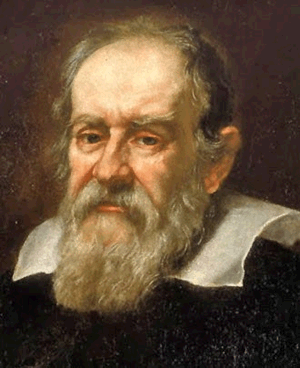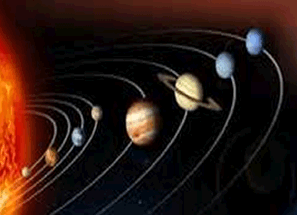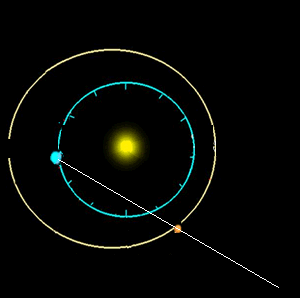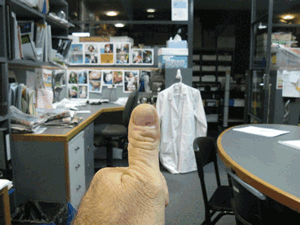Understanding our Solar System-Copernicus

The Earth-centered Solar System of Aristotle and Ptolemy lasted for 2000 years. When in the 16th century a Polish astronomer Nicolai Copernicus (1473-1543) came up with a new radical model where the Sun is at the centre of the Solar System.This type of model is called an heliocentric model.
In this new model the Earth is the third planet outward from the Sun, and the Moon is in orbit around the Earth. Stars are distant objects that do not revolve around the Sun and as the Earth rotates once every 24 hours, the stars appear to spin around the Earth in the opposite direction to the Earth's spin.
The fact that stars are far away explains the lack of parallax and hence stars appear fixed.

By putting the Sun in the middle of the Solar System the model was able to explain the planets varying brightness as function of distance from the Sun and the backwards and forwards motion (retrograde motion) of the planets in the night sky. This retrograde motion can be explained in terms of the faster motion of planets with smaller orbits, as shown in the animation on the right. Copernicus' model was also able to explain why Mercury and Venus never moved far away from the Sun.
Copernicus' model did not eliminate the need for epicycles. Epicycles were used in an attempt to explain observations of planetary motion more accurately, hoever, Copernicus did specify the correct order that the planets orbited the Sun.

4) You can demonstrate parallax by holding your hand out with thumb up and alternately closing each eye.
a)
What is parallax? Give an example where this occurs in everyday life.
b) What happens to parallax as the distance of the object we are looking at increases?
